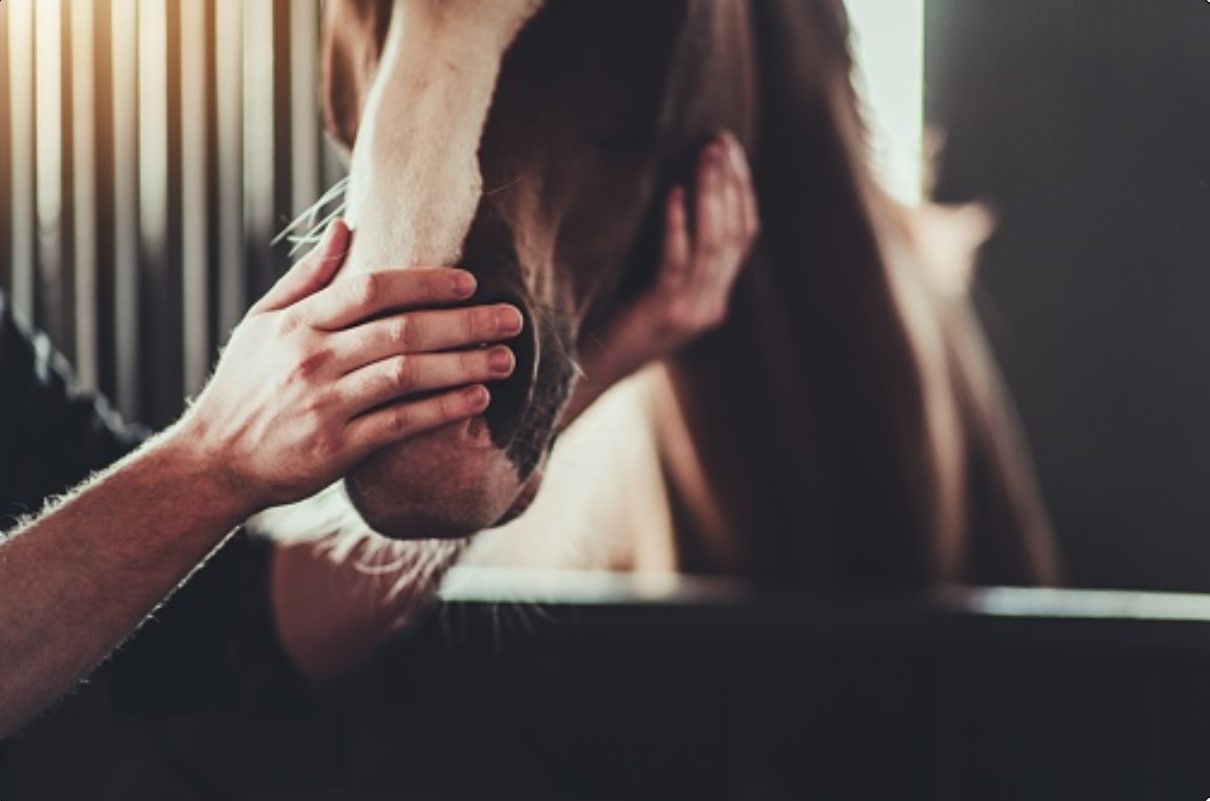What is animal welfare?
The American Veterinary Medical Association defines animal welfare as “how an animal is coping with the conditions in which it lives. An animal is in a good state of welfare if (as indicated by scientific evidence) it is healthy, comfortable, well-nourished, safe, able to express innate behavior, and if it is not suffering from unpleasant states such as pain, fear, and distress” (AVMA, 2023).
Why does welfare matter?
Humans are extremely influential in the lives of most captive (and even some wild) animals. Animals may rely on humans to directly provide food, healthcare, training, and environmental needs. Often, animals lack control as well as predictability within their captive environments. Sometimes there is a mismatch between behavioral needs and their environment. It is important that we recognize our role in animal welfare and perform in a way that is best for the animal.
What is the Five Domains Model?
The Five Domains Model is a theoretical model that can be used to assess the current welfare of an animal in a “systematic, structured, comprehensive and coherent” way (Mellor, 2017). It does not directly define what makes good welfare and what makes bad welfare, rather it acts as a tool to assess welfare in a more general sense. It was developed in 1994 and has gone through seven updates, most recently in 2020 where Mellor incorporated human-animal interaction, which is of course of great interest to equine-assisted service providers (Mellor et al., 2020).
The five domains include: nutrition, physical environment, health, behavioral interactions, and overall mental state. Overall mental state encompasses how the animal’s internal circumstances (nutrition, health) and external circumstances (physical environment, behavioral interactions) lead to a positive or negative mental state (Mellor et al., 2020).
How can we (as providers) use the five domains to assess welfare of our horses?
As EAS providers, we should have a plan in place to formally assess the welfare of our horses. Consider adding in a “Five Domains Welfare Check” to your monthly tack assessments or monthly health records.
Domain 1: Nutrition (e.g., food & water)
- Is the diet of appropriate quality and quantity? – What is the body condition of each horse?
Domain 2: Physical Environment (e.g., space, shelter, atmosphere)
- Does the environment provide species appropriate needs?
Domain 3: Health (e.g., disease, injury, physical fitness)
- Are the animals receiving appropriate veterinary and other necessary health care?
- Are the animals receiving appropriate hoof care?
Domain 4: Behavioral Interactions
- Interactions with environment
- Are they able to perform species specific behaviors?
- Interactions with other animals
- Do they live in a herd?
- Interactions with humans
- How many sessions are they currently involved in?
- What unique personality characteristics do they have?
- What are their likes/dislikes?
- Do they have choices?
Domain 5: Mental State
- What is the animal’s affective state, taking the other domains into consideration?
- What is their overall welfare currently? How does this compare to previous assessments?
By Leanne Nieforth, MS, PhD
Dr. Leanne Nieforth is currently a Research Scientist with the University of Arizona College of Veterinary Medicine. This August she will begin a new role as an Assistant Professor of Human-Animal Interaction at the Center for the Human-Animal Bond at Purdue University. Her research focuses on discovering the science behind human-animal interaction. She is passionate about understanding how we can partner with animals to create effective interventions for the benefit of both the people and the animals involved.
REFERENCES:
AVMA (2023). Animal Welfare: What is it? American Veterinary Medical Association. https://www.avma.org
Mellor, D. J. (2017). Operational details of the five domains model and its key applications to the assessment and management of animal welfare. Animals, 7(8), 60.
Mellor, D. J., Beausoleil, N. J., Littlewood, K. E., McLean, A. N., McGreevy, P. D., Jones, B., & Wilkins, C. (2020). The 2020 five domains model: Including human-animal interactions in assessments of animal welfare. Animals, 10(10), 1870.

